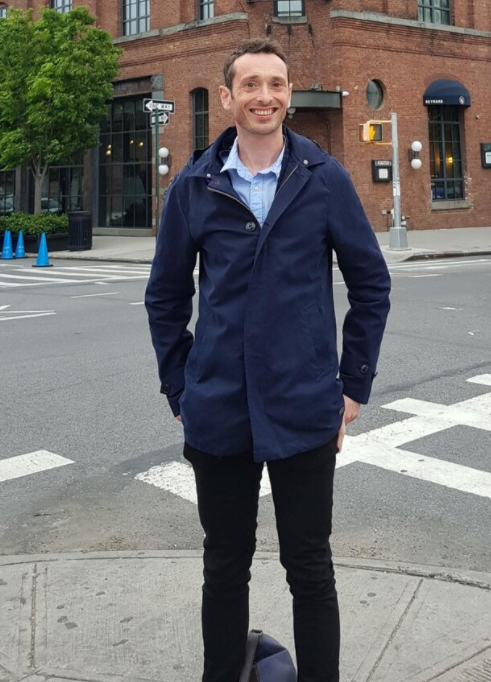By Janus Boye
“What happens when we let go of old office habits?”
In my recent conversation with UK-based Andrew Pope, he shared his insights on how the changes brought by the pandemic is impacting work, leading to what he terms the new modern workday.
We’ve quickly gone from a workplace, to working from home. And despite the tools generally being able to support this, it’s not as flexible as it should be. Many are working more and there’s clearly an element of digital overload.
Andrew is a collaboration consultant - who has recently created a virtual game for building collaborative teams, group leader for our Future Workplace peer groups and also our expert of the month.
Understanding the new modern workday
Recently, we’ve heard the news that large new economy firms like Facebook and Shopify are making the transition to working from home a large scale permanent thing and not just a temporary response to the pandemic.
According to Andrew, the ideal new modern workday should be designed around us as individuals - particularly as we have to deal with other challenges, such as caring for family and indeed our own wellbeing. That’s still far from the case, as many report an overwhelming amount of internal calls and emails based around former office workplace routines.
One of Andrew’s reflections, was that we are still replicating the 9-5 routine. Just like in the old days, when TV became mainstream and the shows were mostly radio folks talking into a microphone. It took a while for us to fully understand the new medium and the same goes for the profound changes brought to us by the new modern workday.
To quote Andrew:
We need to get better at managing ourselves. The notion of a 9-5 office day isn't relevant. We need to manage our own expectations - what can we realistically achieve? What help do we need? When should we switch off? Otherwise it's easy to combine all the bad habits from the office with all the pressures of home - with no separation.
Changing the perspective on the modern workplace
We’ve had the privilege of working with Andrew Pope for the past couple of years. We’ve talked intranets, Office 365 and in recent years taken a broader look at the modern workplace. Besides leading groups and consulting, he’s regularly writing and sharing his thought-leadership. Here’s three posts that show how his perspective has evolved during the past years.
Back in 2015, he wrote a popular piece on What Will the Team of the Future Look Like? He shared the characteristics of a good team and had a chapter with the tools of a virtual future. To quote:
So what will we see in the coming years?
Let's start with video conferences that actually work! Imagine, a future where when we try to host a video conference, we actually succeed in hosting a video conference.
In 2017, he wrote about 5 Surmountable Hurdles to Collaboration Success. In the piece he covers meeting culture, being afraid to be seen, digital confusion and more.
As a final example, from 2018, Andrew said Goodbye Middle Management, Hello Collaboration, in a post that looked towards 2023. One of his predictions was that:
With fewer reporting lines, more of us will be accountable to a project, task or specific need rather than reporting to a person.
Are we there yet? In some organisations for sure. In his 2018 post, he also predicts that we’ll be seeing less of the office. Well, that came about sooner than we all expected.
In a recent call to prepare for this expert profile, Andrew clarified his take on the office today:
The office is not dead. We will return to some extent in time, but many of us will have a choice. We may not have to work from home, but we will choose to more, because - well, why do we need to sit in an office on the days when we don't have to be there? Let's go in when we need to, or even when we want to.
Learn more about Andrew Pope
Andrew is based in Harrogate in the UK and has a special thing for hotel rooms with a view. He contributed to the Designing Collaboration book authored by Allister Webb.
You can also have a look at his new virtual game for Teams adoption and engagement in the video below.

